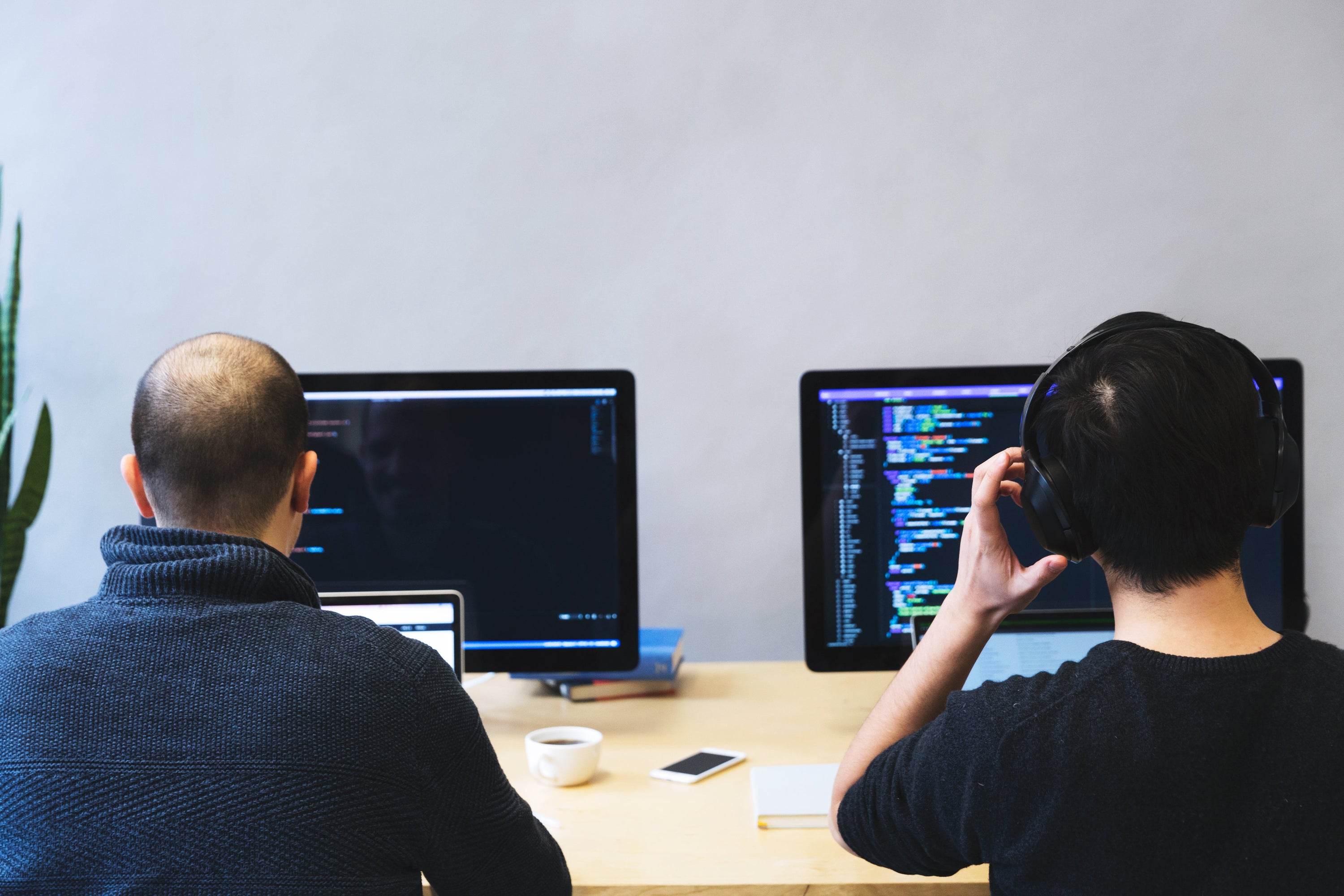
What AI Trends Will Take Over the Coffee Industry in 2025
by Coffee Analytica Team
·
The coffee industry has always been a melting pot of tradition and innovation. From manual brewing methods to high-tech espresso machines, advancements have shaped how we enjoy our favourite beverage. As artificial intelligence (AI) accelerates its influence across industries, the coffee world is poised for its next transformation. In 2025, the Coffee Analytica Team believe three bold AI trends are set to take the coffee industry by storm.
These trends promise improved quality, reduced costs, and unparalleled customer experiences. Let’s explore what they are, why they matter, and how coffee businesses can embrace them effectively while managing risks.
1. Predictive Demand Forecasting for Coffee Supply Chains
What it looks like
AI-powered predictive analytics will revolutionize how coffee shops and roasteries manage their supply chains. By analyzing historical data, weather patterns, and market trends, AI can accurately predict coffee bean demand, minimizing waste and ensuring inventory is always optimized. At least AI will never forget to send you notifications of its assessment when you set it up.
Good versus status quo
Without AI: Businesses over-order beans, leading to spoilage and unnecessary costs, or under-order, resulting in missed sales opportunities. This could be devastating for low-margin sectors of the coffee industry.
With AI: Perfectly optimized supply chains reduce waste, maximize profitability, and ensure consistent product availability.
Why this trend will dominate
- Current pain points: Supply chain inefficiencies and bean wastage are major cost drivers in the coffee industry.
- Ease of adoption: Cloud-based AI tools are increasingly accessible for small business owners, offering plug-and-play solutions.
Implementation
- Actions to take: Invest in AI-powered platforms like IBM Watson Supply Chain or other affordable alternatives.
- Investment required: Expect to spend $500 to $5,000 annually, depending on the complexity of your operation.
- Realistic returns: A 10% to 20% reduction in inventory costs and increased customer satisfaction through consistent availability.
Risks
- Over-reliance on algorithms could lead to disruptions if unforeseen events (e.g., pandemics) skew predictive models. Outliers are always possible but this is more relevant in downside protection than in upside prediction.
2. Personalized Customer Experiences with AI-Driven Apps
What it looks like
AI-driven customer loyalty apps and recommendation engines will become standard. These platforms will analyze individual customer preferences, purchasing history, and even social media activity to offer hyper-personalized coffee experiences.
Good versus status quo
Without AI: Customers receive generic recommendations and loyalty points that don’t reflect their unique preferences. This is so 2024!
With AI: Apps suggest specific drinks, brewing methods, or pairings based on customer profiles, deepening engagement and loyalty. Will this be 2025? We are looking forward.
Why this trend will dominate
- Current pain points: Generic loyalty programs fail to capture customer interest and retention.
- Ease of adoption: Many AI platforms are pre-built for integration into existing systems, requiring minimal technical expertise.
Implementation
- Actions to take: Adopt AI loyalty platforms or explore custom-built solutions for deeper personalization.
- Investment required: Initial setup costs range from $1,000 to $10,000, depending on customization.
- Realistic returns: Up to a 25% increase in repeat customer visits and higher average order value.
Risks
- Privacy concerns could arise if customers feel their data is being overly exploited. Transparent policies are essential.
3. Automated Quality Control for Coffee Brewing
What it looks like
AI sensors and algorithms will oversee brewing processes, ensuring every cup meets the highest standards. Machines will monitor variables like grind size, water temperature, and extraction time in real-time, adjusting automatically for optimal quality.
Good versus status quo
Without AI: Barista skill levels vary, leading to inconsistent coffee quality.
With AI: Every cup is brewed to perfection, regardless of who’s operating the machine.
Why this trend will dominate
- Current pain points: Inconsistent quality is a common complaint in the industry, eroding customer loyalty.
- Ease of adoption: Modern espresso machines already integrate basic AI functions; upgrading is straightforward.
Implementation
- Actions to take: Invest in AI-enabled brewing systems like those offered by La Marzocco or Slayer. We haven't explored this first hand, so do not treat this as an endorsement. This is as far as our research went.
- Investment required: Machines range from $20,000 to $50,000.
- Realistic returns: Enhanced customer satisfaction and increased efficiency as baristas can focus on other tasks.
Risks
- Dependence on machines could alienate traditionalists who value the human touch in coffee preparation.
Preparing for 2025
For coffee business owners, these AI trends represent both opportunity and challenge. Here’s how to stay ahead:
- Start small: Test AI solutions in one area of your business before committing to larger implementations.
- Prioritize training: Ensure your staff understands how to interact with and manage AI systems.
- Focus on transparency: Be upfront with customers about how AI is used in your operations to build trust.
The Road Ahead
AI is not just a buzzword - it’s a game-changer for the coffee industry. By 2025, predictive analytics, personalized customer experiences, and automated quality control will redefine how coffee businesses operate. The key is to embrace these changes thoughtfully, leveraging their advantages while mitigating risks.
The future of coffee is intelligent, efficient, and deeply personalized. Are you ready to brew success in the AI era?